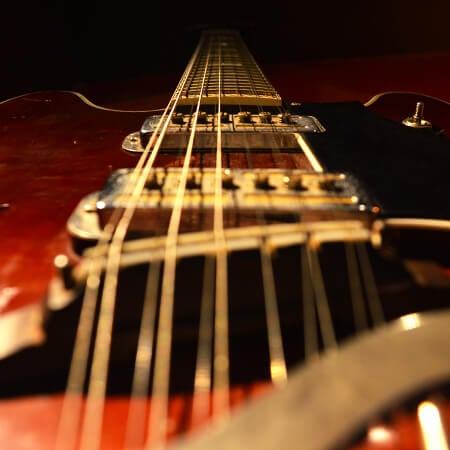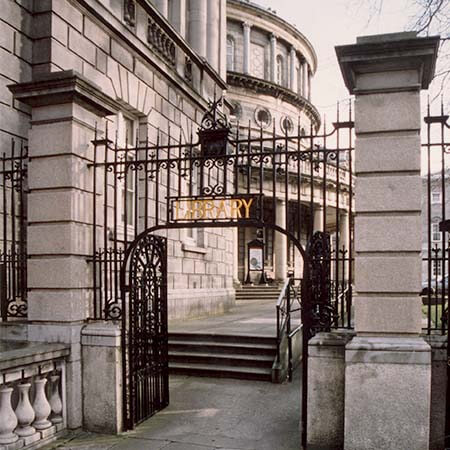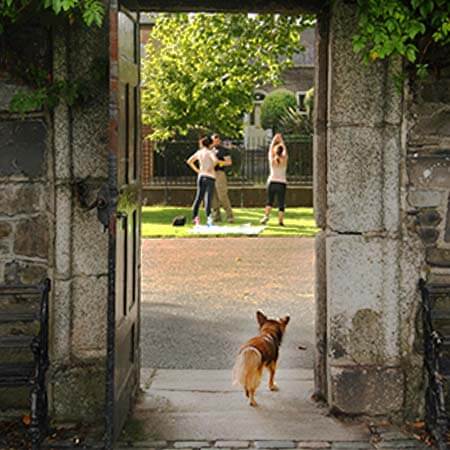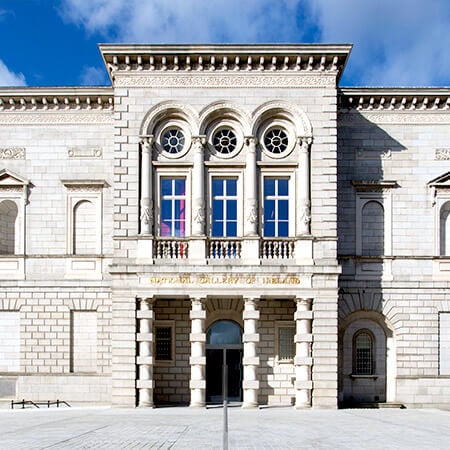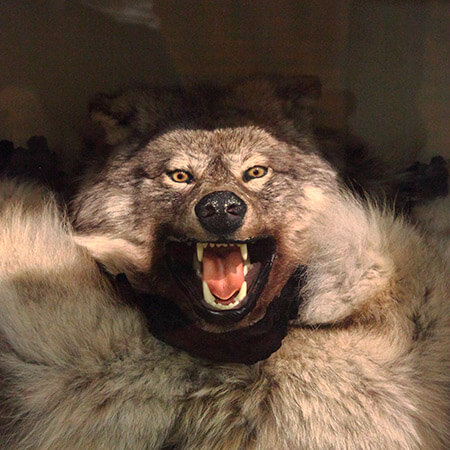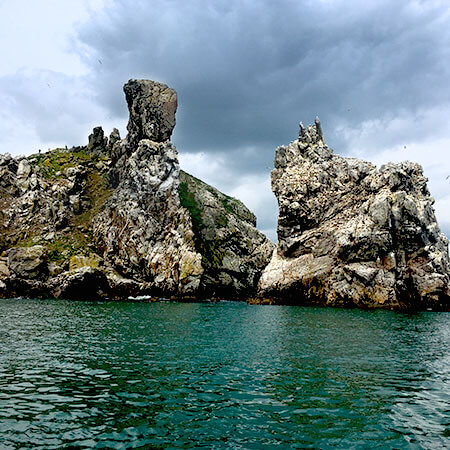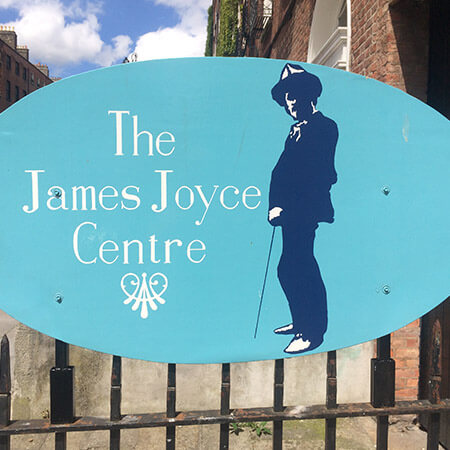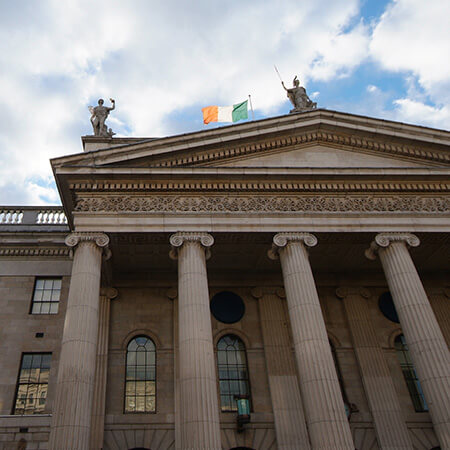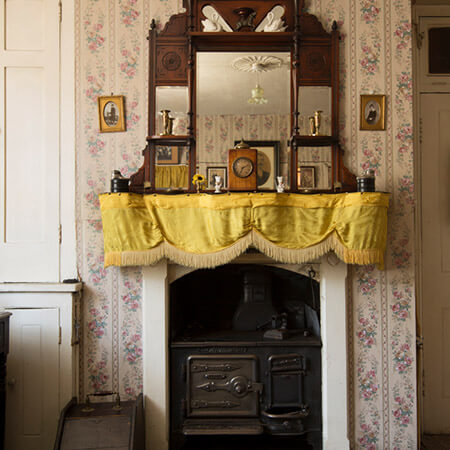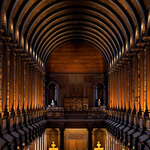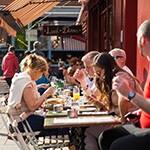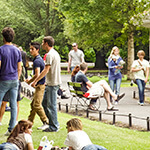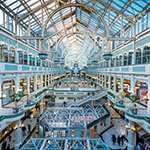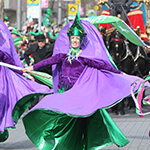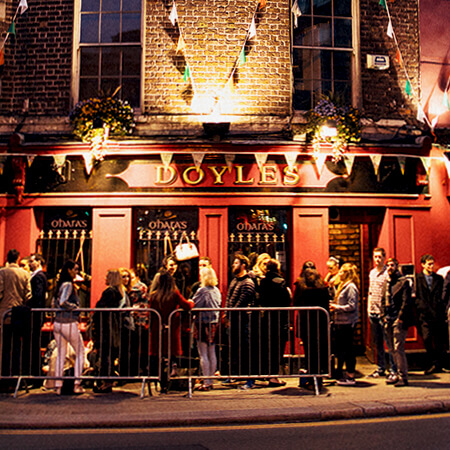
live
The Ruby Sessions
The jewel of Dublin’s music scene Sometimes the queue for The Ruby Sessions is so long that it snakes down the stairs of Doyles pub and out the door around past the old plaque on the wall that says “Good times are coming/ Be they ever so far away” and down into the dark and puddles of Fleet Street. If you find yourself that far back, your chances of getting in are very far away indeed. These are the nights when word has leaked out into the world that a ‘Very Special Guest’ will be taking to the mic of the renowned live music night. And for the price of a €10 charity donation, you too could be part of the intimate gathering that surrounds the candlelit stage
